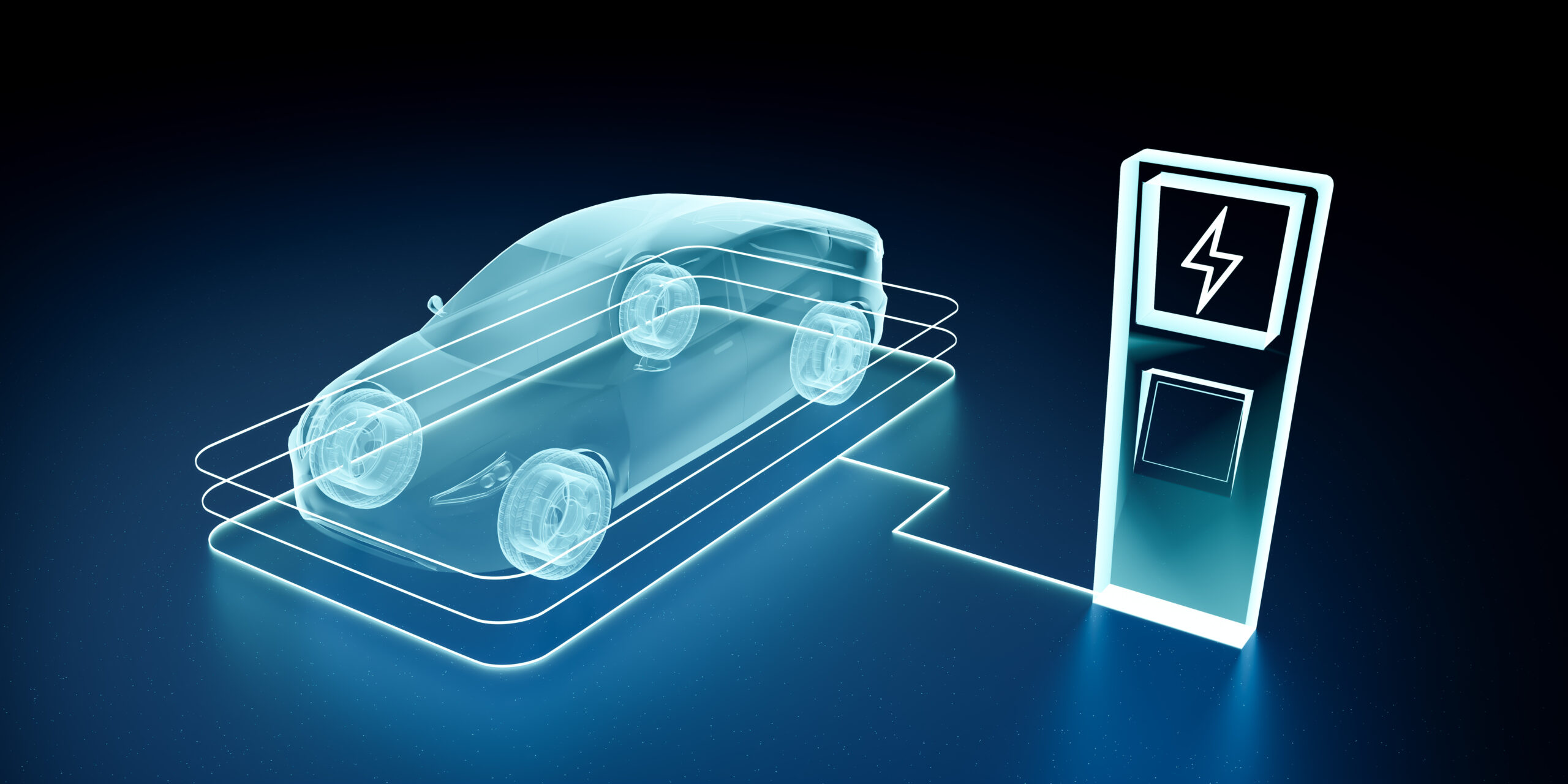What Grounding Materials Are Used in Wireless Charging?
Wireless charging or conductive charging is a type of wireless power transfer. The technology uses an electromagnetic field to transfer energy through an inductive coupling to an electrical device. The most familiar application is charging the batteries in devices like smartphones, tablets and watches. Wireless charging systems in EV applications are far more valuable than keeping consumer devices charged. The electrification of lightweight passenger vehicles may accelerate through wireless charging systems designed for homes, businesses and possibly roadways.
In induction chargers, an induction coil creates an alternating electromagnetic field, and a second induction coil within the device converts the electromagnetic field into an electric current.
Polymer Science offers a wide variety of EMI Shielding & Grounding solutions ranging from sputtered films to fabric, foam and foil tapes. Polymer Science materials come in a range of thicknesses to suit each individual application specification.
There are thousands of devices that utilize wireless charging, and the technology is rapidly advancing as more industries focus on renewable energy including electric vehicles. Research into wireless charging for electric vehicles, fork trucks and other mobile equipment while in motion broadens the capability and applications for inductive charging.
The idea of wireless energy transfer dates back at least to the Tesla coil, but the full implementation of wireless energy transfer may be realized through the mass electrification of vehicles and devices. A number of companies now offer stationary wireless charging for electric vehicles, and researchers are working with states to test dynamic wireless charging.
Stationary wireless charging in electric vehicles is similar to the pads many consumers use to charge mobile devices. A fixed pad is located in garages or parking spaces, and power is transferred through a coil on the underbody of the vehicle.
Dynamic charging seems to be coming into its nascent stage. A number of researchers, including teams at MIT and Stanford, have experimented with inductive power transfer across a distance. A German startup is developing magnetized concrete where a high-frequency current runs through an embedded coil. At scale, dynamic charging systems could radically reduce both the weight and cost of materials in electric vehicles. Some arguments center around moving the focus from greater capacity and longer charging of batteries to highly effective dynamic charging.
Whether dynamic wireless charging usurps the need for even greater performance from advanced batteries, Polymer Science will help designers, researchers and manufacturers in all technologies. Our P-THERM® thermal management materials help advance EV capabilities, and our P-SHIELD® shielding & grounding materials provide solutions for the rapid changes in wireless charging technology and other electric applications.
Polymer Science Materials in Wireless Inductive Charging
For manufacturers, Polymer Science designs a number of materials including films, fabrics, foams and foils. Specifically, the purpose of shielding & grounding materials within a wireless charging system help improve capability and durability. Polymer Science has P-SHIELD® materials that are practical because of their electrical properties and can then ultimately be used as a flexible magnetic component within the induction coil. A wide array of Polymer Science’s P-THERM® thermal management materials help with the heat generated by wireless inductive charging.
Conductive and Non Conductive Films
P-SHIELD® film and film tapes enable devices to meet electromagnetic compatibility requirements. Polymer Science offers a number of films suitable for wireless charging. Films help protect sensitive components against elements and also provide shielding. We have developed monitoring and process automation to ensure uniform layers of thin films, providing consistent electrical and optical properties. As electric vehicle charging often occurs outside, materials like film that resist water, chemicals, temperature and other extreme elements will help a wireless charging system be realized for all outdoor elements.
Conductive Fabric
P-SHIELD® conductive fabrics control electromagnetic problems with the addition of extreme strength, corrosion resistance and good static dissipation. The less resistance, the higher the magnetic field can be generated which results in higher output charging. Offered without adhesive, conductive fabrics may be used as an air loop gasketing material. The reduced weight and lower compression force compared to other materials are beneficial for many applications.
Conductive fabric tapes contour to irregular surfaces and are durable around edges and angles. Conductive textiles conform easily within plastic housings, and, although thin, they are exceptionally strong and durable. Polymer Science P-SHIELD® fabric tapes effectively shield over a wide frequency range with a very reliable pressure-sensitive adhesive (PSA).
As wireless charging technology advances, materials that provide dual functions are important. EV charging, including stationary charging available for current vehicles, benefits from the multipurpose features of conductive fabrics. Fabrics protect more sensitive components, resisting wear, absorbing shocks and conforming to abrasive edges. This allows wireless chargers to become more compact while remaining effective and durable.
Foam
Lightweight conductive foam serves a number of purposes beyond shielding & grounding. To protect delicate components, the foam fills gaps, absorbs shocks and easily conforms to housings. Wireless charging systems are not unlike traditional electric devices. There are a number of sensitive and delicate components that must be secure to transfer power. Foams are widely used in aerospace, telecommunications, mobile consumer electronics and conventional automotive. The components within a wireless charger can be protected with an exceptional lightweight conductive or nonconductive foam.
Foil Tapes
Polymer Science offers foil tapes as a thin, lightweight, durable and malleable material. Both materials contour around tight angles and conform to irregular surfaces. When the landing zone is limited to millimeters, foil is an effective material. When considering the present designs of wireless charging and the greater plans to design infrastructure to support wireless charging across cities and roadways, foil tapes are omnipresent.
Advantages of Partnering with Polymer Science
The key to all growth is working with the right partners. At Polymer Science, our team of talented designers and engineers works with businesses and organizations of all sizes. Our excellent in-house and support teams strive to advance technology. With lower minimum order quantity, giving us the ability to customize and shorten lead times, Polymer Science delivers results to match your needs. Whether you are manufacturing a charging system, designing charging pads or researching dynamic charging, Polymer Science is eager to help you.


